Introduction
The architectural landscape is undergoing a profound transformation, driven by groundbreaking innovations in 3D rendering technologies. As architects increasingly harness tools such as real-time rendering engines, augmented reality (AR), and artificial intelligence (AI), the ability to create immersive and photorealistic visualizations has reached unprecedented heights.
This evolution not only enhances client engagement and stakeholder communication but also facilitates a more iterative and informed design process. With a growing emphasis on sustainability and the integration of eco-friendly materials, the role of advanced rendering techniques is becoming critical in illustrating the tangible benefits of green architecture.
As the industry adapts to these technological advancements, understanding their implications on architectural practices and client interactions is essential for architects aiming to remain competitive and responsive to market demands.
Innovations in 3D Rendering Technology for Modern Architecture
Recent advancements in 3D imaging technology have profoundly influenced the trends in 3D renderings for modern architecture. Real-time rendering engines, notably Unreal Engine and Unity, empower architects to construct interactive environments that facilitate dynamic user engagement with spaces. These tools not only enhance client understanding but also improve stakeholder communication by providing clear visualizations that identify issues early.
The adoption of path tracing algorithms has further elevated this technology by dramatically enhancing light simulation, yielding more authentic shadows and reflections. Such innovations enhance visual fidelity while supporting the iterative development process, allowing for quicker iterations and informed decision-making, ultimately leading to superior outcomes. Additionally, preliminary conceptual visuals play a crucial role in cost-effective exploration, enabling architects to make informed decisions and adjustments before committing significant resources.
For example, a developer might employ initial visuals to assess client responses to various layout choices, resulting in modifications that correspond with client preferences. As North America dominated the 3D visualization market in 2023 with a notable emphasis on trends in 3D renderings for modern architecture, it is essential to consider the challenges in 3D display technology, including the demand for substantial bandwidth and the pursuit of high resolutions and refresh rates. These factors will persist in influencing building approach methodologies and enhance project confidence, generating interest and investment through effective pre-sales visualization.
Sustainable Practices in 3D Architectural Renderings
Sustainability has become a core principle in architectural practice, significantly influencing trends in 3D renderings for modern architecture. A notable 28% of professionals—including architects, engineers, contractors, owners, and investors—report that the majority of their building projects qualify as green, with an anticipated increase to 42% within the next three years, according to OpenAsset. This shift emphasizes the need for architects to incorporate eco-friendly materials and energy-efficient designs, which can be compellingly illustrated through careful visualizations that showcase every detail.
Advanced visualization techniques, such as utilizing 3D models to simulate energy consumption and natural light, showcase the trends in 3D renderings for modern architecture and empower clients to fully grasp the tangible benefits of sustainable practices, facilitating informed decision-making. Furthermore, modern design software often includes extensive libraries of sustainable materials, which enable architects to effortlessly integrate environmentally responsible options into their visualizations, highlighting trends in 3D renderings for modern architecture. The push towards using alternatives like recycled plastics and sustainable concrete has also demonstrated the potential to reduce CO emissions by up to 50%, underscoring the critical role of innovative materials in design visualization.
As the industry progresses, the use of mass timber construction is set to rise, driven by its sustainable attributes and aesthetic appeal. The 2021 International Building Code allows for buildings up to eighteen stories, expanding possibilities in residential and hospitality sectors, a significant trend in the 2024 architecture landscape. Additionally, utilizing tools like Adobe Creative Suite, InDesign, and Canva can improve the effectiveness of marketing efforts in architecture firms, further supporting the integration of sustainable practices in architectural designs.
Significantly, these superior visualizations, which reflect trends in 3D renderings for modern architecture, not only illustrate the structural elements but also inspire emotional connections and represent the lifestyles of future residents, making them essential for stakeholder engagement. By emphasizing textures and the interplay of light and shadow, architects can produce visuals that resonate deeply with clients, ensuring their visions are accurately represented and understood.
The Role of AR and VR in Enhancing Architectural Visualization
Augmented reality (AR) and virtual reality (VR) are transforming visualization in architecture by providing immersive experiences that conventional rendering methods cannot duplicate. These technologies are essential for enhancing contractor communication, eliminating misunderstandings, and improving stakeholder collaboration. Notably, 23% of respondents in a recent survey indicated a lack of internal expertise in digital marketing, underscoring the necessity for architectural firms to embrace AR and VR technologies to remain competitive.
AR enables users to visualize 3D models within their real environments via mobile devices, promoting an intuitive understanding of spatial relationships and creative intent. This capability improves the decision-making process, as users can evaluate and engage with concepts on-site, ultimately facilitating informed choices. Meanwhile, VR enhances client engagement by allowing users to ‘walk through’ concepts in a fully immersive digital landscape, providing a comprehensive understanding of the project.
This corresponds with the advantages of initial conceptual illustrations, which enable rapid visualization, cost-efficiency, and iterative development assistance, ensuring all stakeholders are aligned from the beginning. Moreover, the case study on ‘Disruptive Innovations and their Impact on Scientific Visualization’ demonstrates how AR and VR are improving collaborative methods in comprehending complex data, becoming more pertinent to building processes. As the industry develops, the incorporation of AR and VR, along with strong 3D design services, is becoming essential for architects seeking to improve client experiences and satisfaction.
To maximize these advantages, architects should consider the cost-effectiveness of initial visualizations, which offer a budget-friendly alternative for early concept exploration. Furthermore, when selecting 3D design services, architects should seek providers with a proven history, effective communication methods, and a portfolio that aligns with their design vision.
The Demand for Photorealistic Renderings in Client Engagement
In today’s competitive design environment, the demand for photorealistic images has significantly increased, driven by client expectations for visuals that closely resemble the final product. Advanced techniques in texturing and realistic lighting, including the way sunlight dances off surfaces and the subtle textures of materials, are now fundamental for creating compelling architectural presentations. The strategic investment in quality exterior 3D representations should be seen as an essential commitment rather than merely a cost, as it enhances project appeal and approval while playing a crucial role in pre-sales visualization.
These illustrations enable developers to present their vision and attract funding well in advance of construction starting. The 3D Rendering Service Market was valued at around USD 9.9 billion in 2023, highlighting the growing importance of these visuals. Furthermore, regional market revenue forecasts indicate a robust growth trajectory categorized by technology, application, type, and component, reflecting diverse demands across various sectors.
Photorealistic visuals promote stakeholder engagement and serve as efficient marketing instruments, enabling architects to showcase their projects on various platforms. Case studies have demonstrated that companies utilizing advanced visualization methods have seen a significant boost in customer engagement and project approvals, with metrics suggesting up to a 30% increase in project interest. Consequently, investing in advanced visualization techniques has transitioned from a luxury to an essential requirement for contemporary architects, particularly in light of the trends in 3D renderings for modern architecture, as they aim to meet and exceed client expectations in 2024 and beyond.
AI and Machine Learning: Transforming Architectural Rendering
Artificial intelligence (AI) and machine learning are transforming the area of design visualization by automating essential processes and improving creative opportunities. Current projections indicate that the architectural visualization market is set to grow from $4.59 billion in 2024 to an impressive $16.18 billion by 2032, reflecting a compound annual growth rate (CAGR) of 17.0%. This growth is largely driven by the increasing comfort among architects in utilizing AI-generated design suggestions, with approximately 70% of architects expressing readiness to embrace these advancements.
Notably, comfort levels with AI vary by firm size, highlighting different approaches to AI adoption across the industry. AI algorithms can analyze extensive datasets to generate optimized display settings, significantly reducing the time required for high-quality outputs. Moreover, machine learning techniques enable the prediction of client preferences based on insights from previous projects, allowing architects to customize their presentations more effectively.
This not only streamlines workflows but also enhances contractor communication by reducing misunderstandings and improving stakeholder engagement. High-quality depictions serve as a ‘window into the future’ of projects, providing clarity that builds excitement and understanding among all involved. As Paul Keskeys, Publisher and Editor in Chief of Architizer, notes, ‘This timely report provides fascinating insights into the fast-evolving mindset of architects in the AI era.’
The dedication to investing in technology is clear, with 70% of architecture firms intending to improve their technological capabilities in the upcoming year, highlighting the momentum of these advancements in architectural visualization. Additionally, the essential role of trends in 3D renderings for modern architecture in project development and decision-making cannot be overstated, particularly in identifying design issues early and crafting high-quality visual renderings for effective client evaluation.
Conclusion
Advancements in rendering technologies are fundamentally reshaping the architectural landscape, enhancing client engagement and design processes. Tools such as real-time rendering engines and path tracing algorithms improve visualization fidelity, enabling architects to communicate design intent effectively and address stakeholder concerns early. This iterative approach streamlines decision-making and fosters collaboration, essential for successful outcomes.
Sustainability has become a central focus, with an increasing percentage of projects qualifying as green. Advanced rendering techniques compellingly illustrate sustainable materials and energy-efficient designs, helping clients grasp the long-term benefits of eco-friendly choices. As mass timber construction and other sustainable alternatives rise, high-quality renderings are crucial in conveying these options.
Additionally, augmented and virtual reality technologies are revolutionizing architectural visualization by providing immersive experiences that enhance client understanding of spatial relationships. The growing demand for photorealistic renderings underscores the necessity for architects to invest in sophisticated visualization techniques to meet client expectations.
The integration of artificial intelligence and machine learning further streamlines processes and personalizes presentations, marking a shift towards a more efficient architectural practice. High-quality renderings are increasingly vital for securing project buy-in and investment.
In summary, embracing the evolution of rendering technologies is essential for architects. Those who leverage these innovations will position themselves at the forefront of the industry, delivering exceptional value in a competitive market.
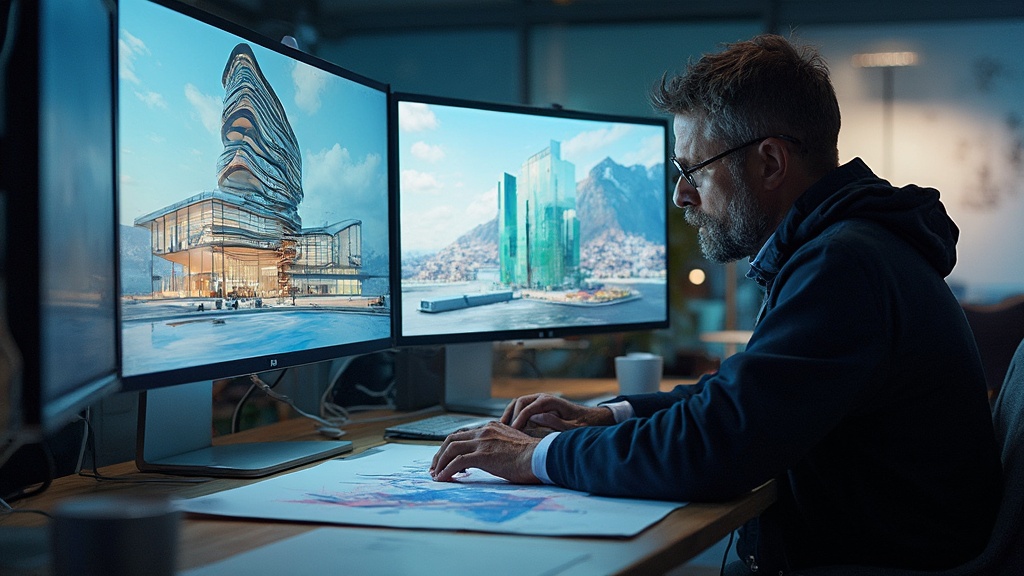
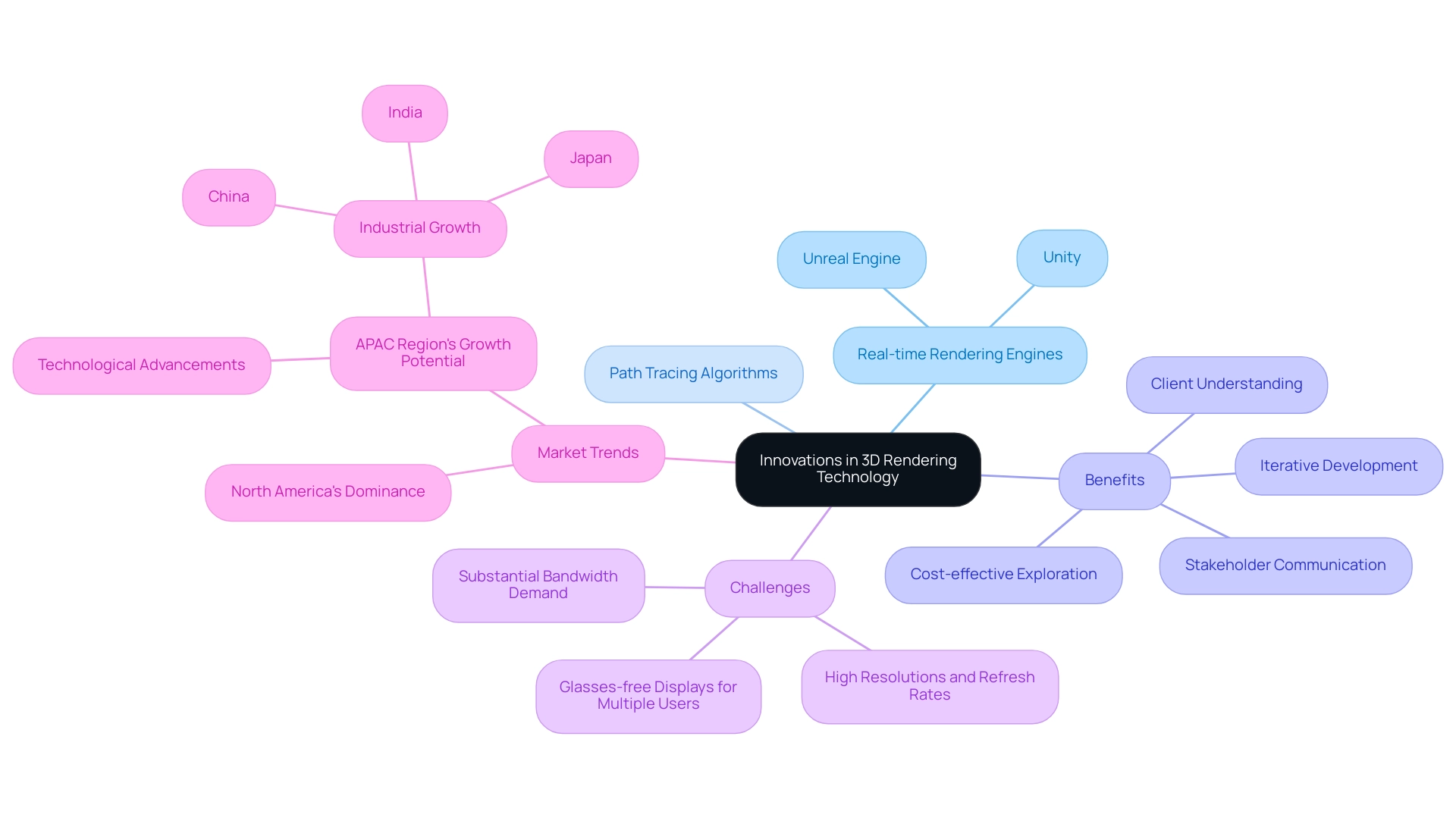
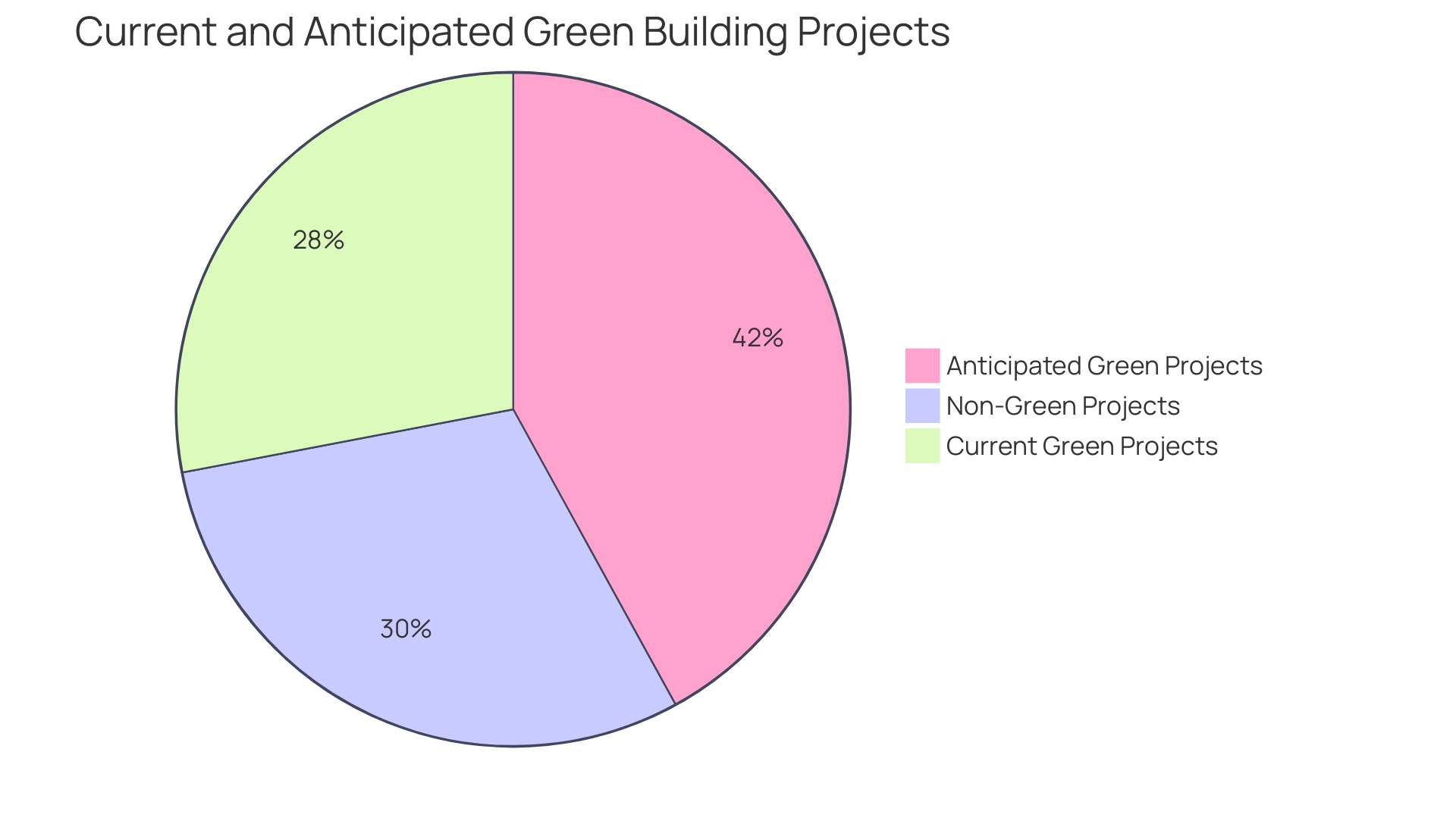
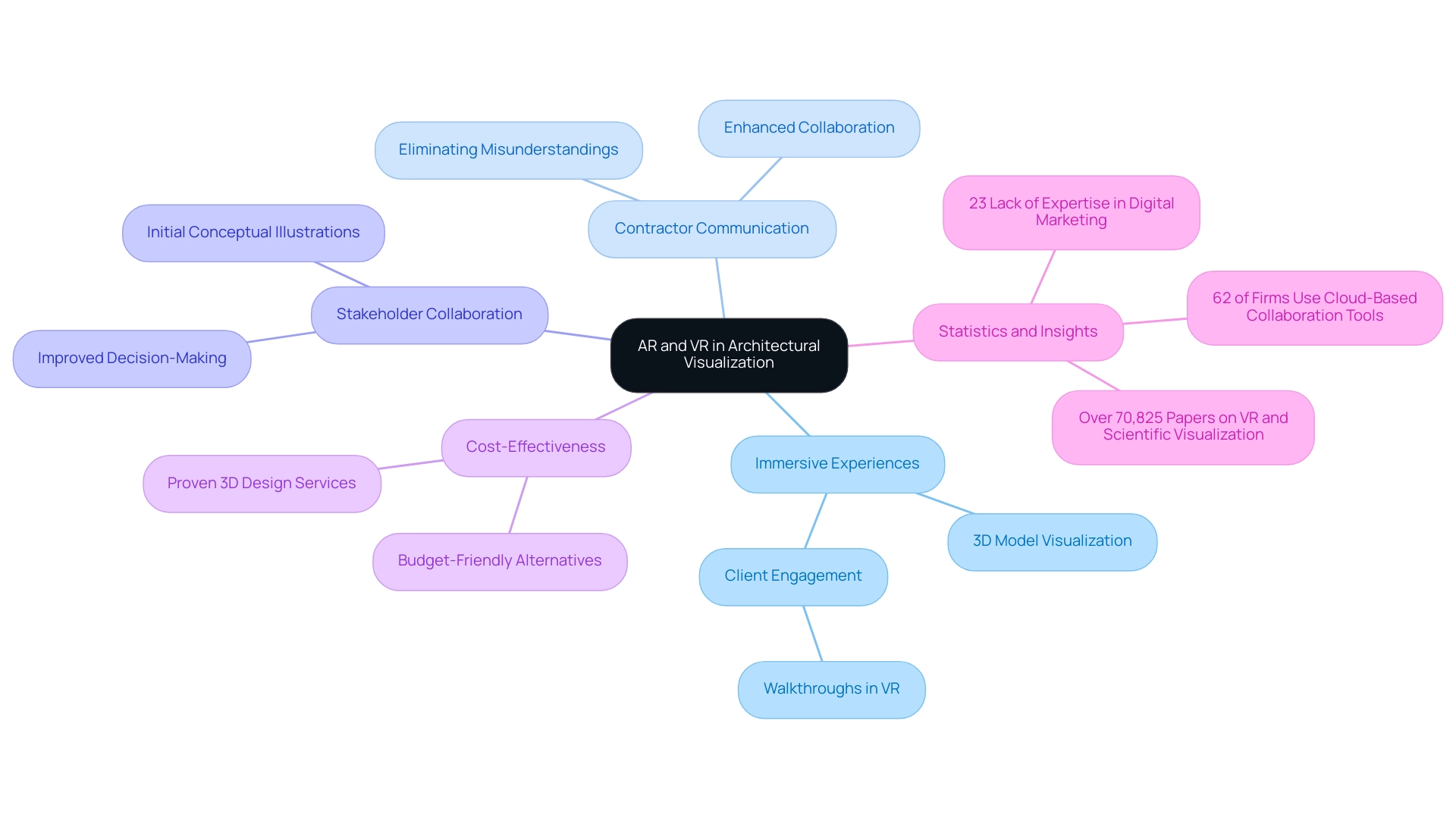
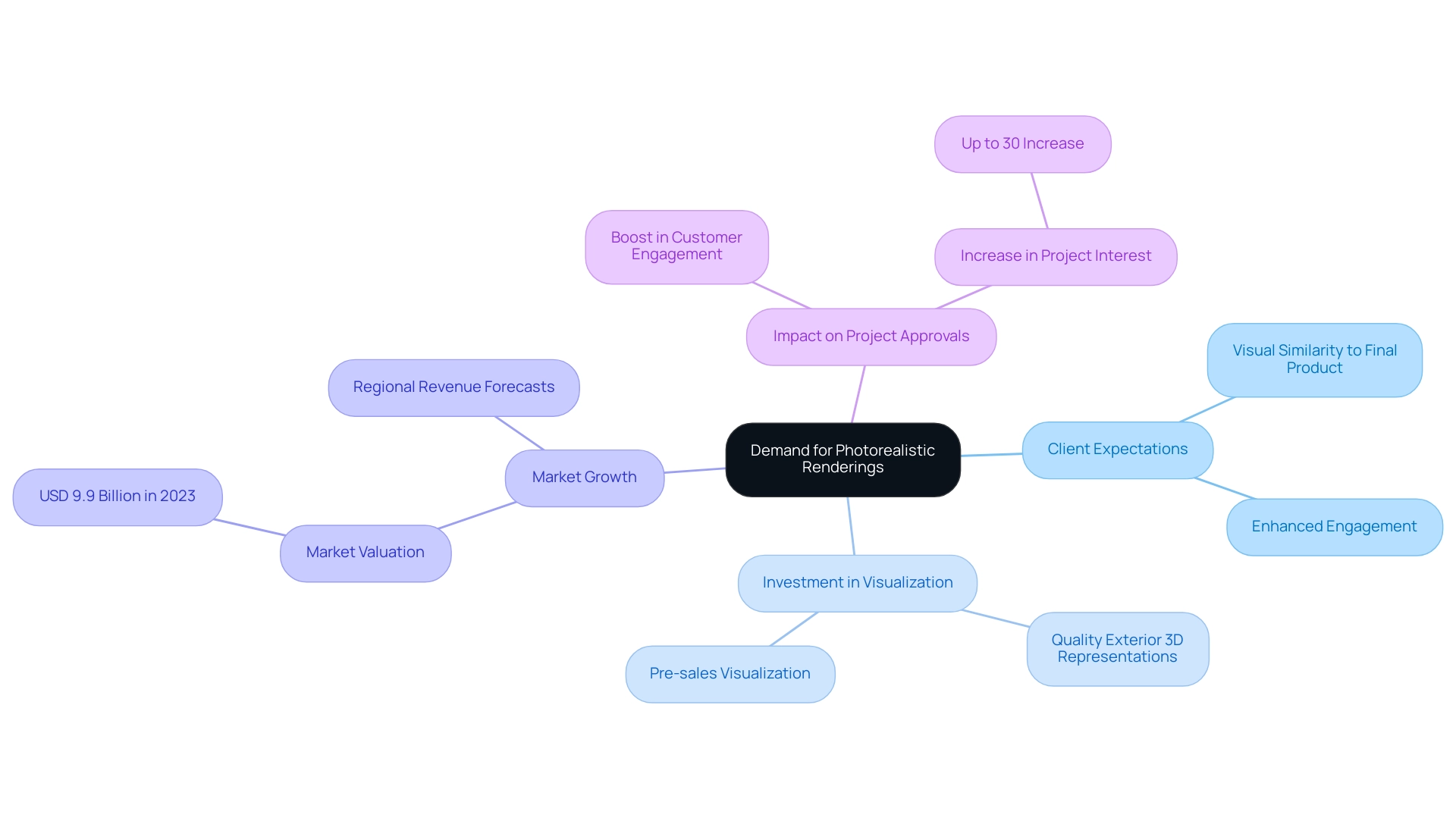
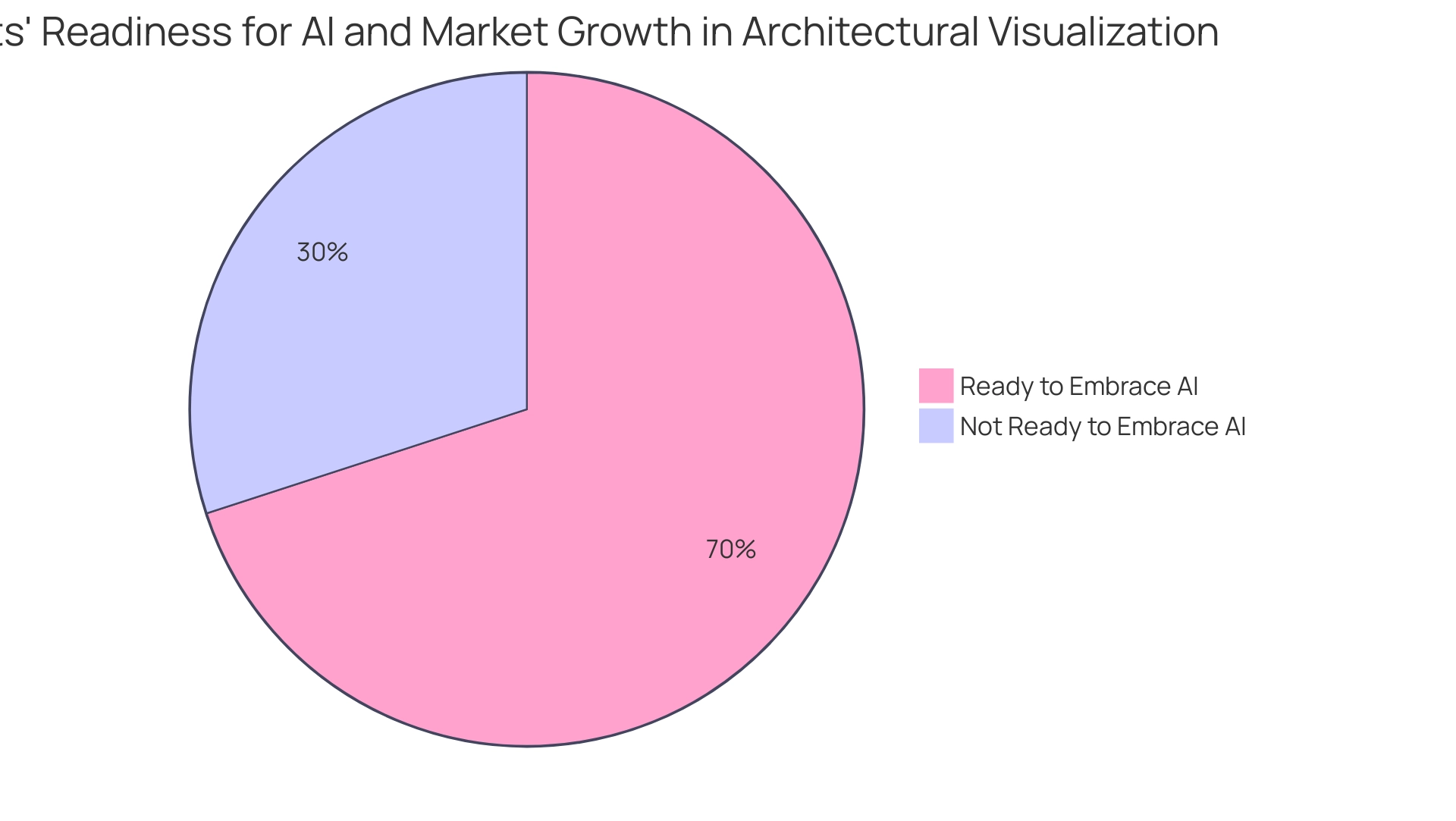
0 Comments